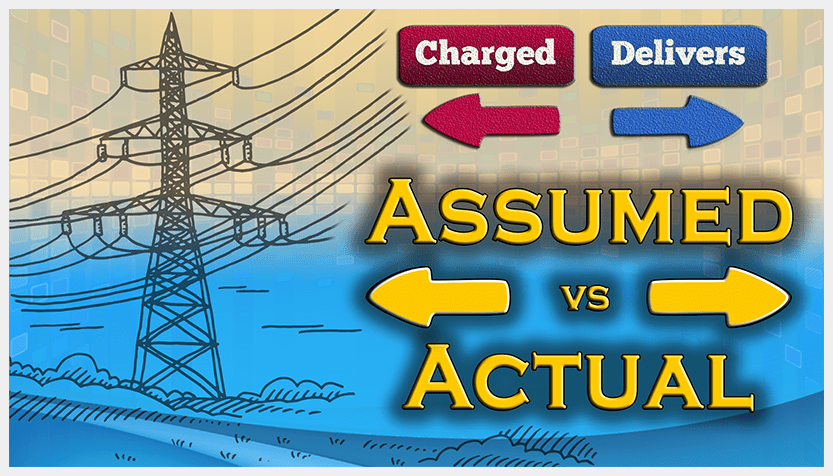Assumed vs Actual Direction and Sign of a Quantity
Assumed direction or a polarity always must be determined and known. Positive value means an actual direction of power flow matches assumed. Negative means that it is opposite.
0 Comments
October 29, 2022


